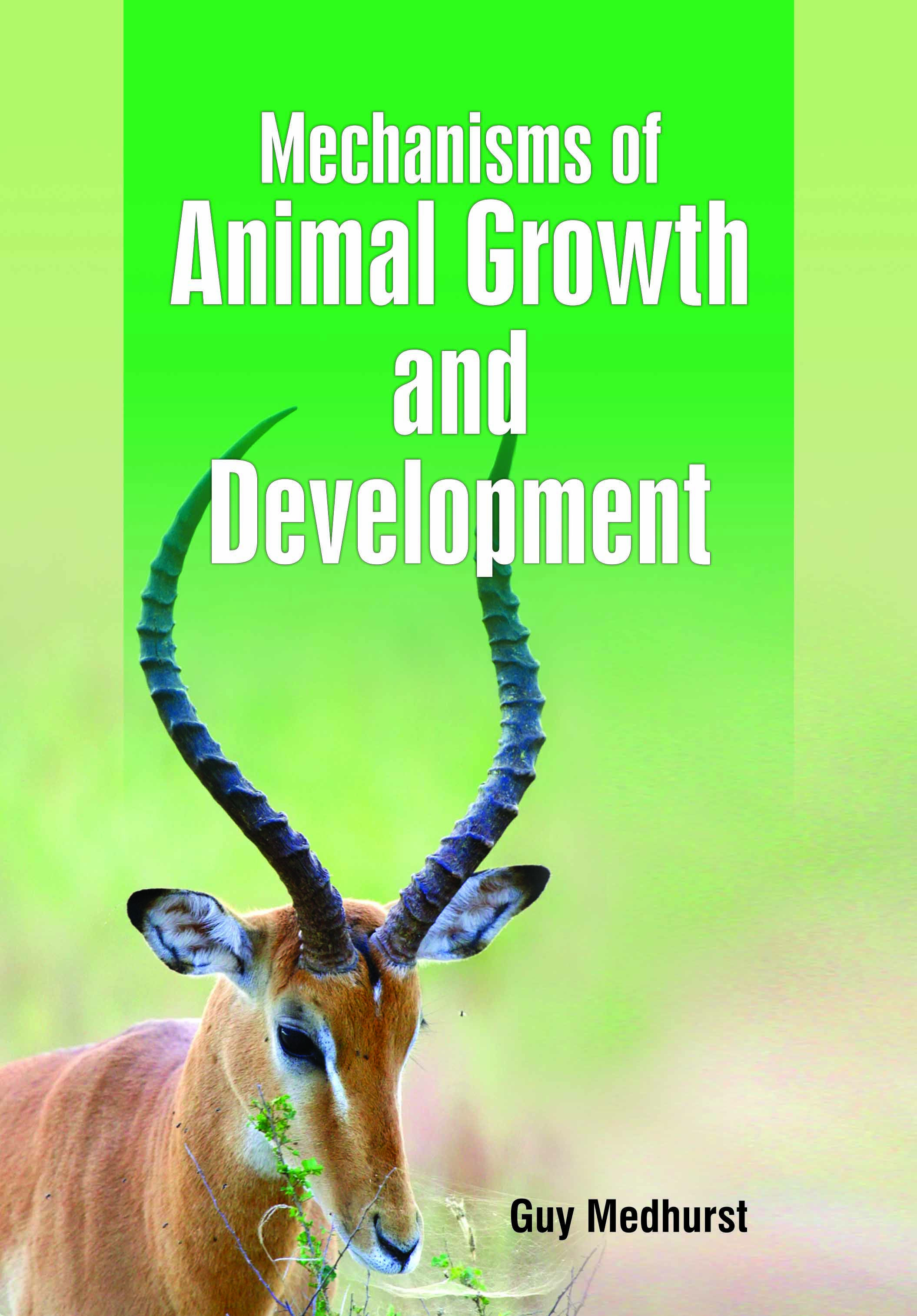
Mechanisms of Animal Growth and Development
by Guy Medhurst
| ISBN | 9781799600459 |
|---|---|
| Publisher | White Press Academics |
| Copyright Year | 2020 |
| Price | $195.00 |

by Guy Medhurst
| ISBN | 9781799600459 |
|---|---|
| Publisher | White Press Academics |
| Copyright Year | 2020 |
| Price | $195.00 |
Animal development, the processes that lead eventually to the formation of a new animal starting from cells derived from one or more parent individuals. Development thus occurs following the process by which a new generation of organisms is produced by the parent generation. Growth is the process by which an animal becomes larger over time, and may be measured in different ways, such as physical height or length, but the most common measure is the body weight change. Growth can also be described in terms of the rate of deposition of the major specific chemical constituents of the tissues. Cells consist of proteins, lipids, nucleic acids, carbohydrates, water and mineral components, all of which are in a dynamic state of turnover. Evolution has diversified upon the molecular and anatomical fundamentals that we describe in this chapter to produce the wonderful variety of present-day species. But the underlying conservation of genes and mechanisms means that studying the development of one animal very often leads to general insights into the development of many other types of animals. The text in the book uses a new and simplifying approach to this long-standing controversy. By a computerized analysis of antibody amino acid sequences (particularly the myeloma proteins), the authors trace their evolution and match their results against the expectations of the various theories of diversity.